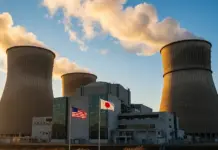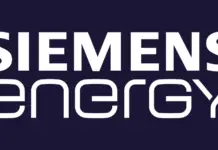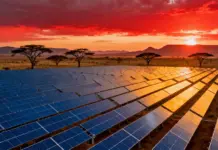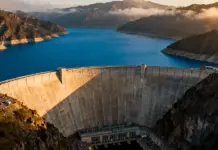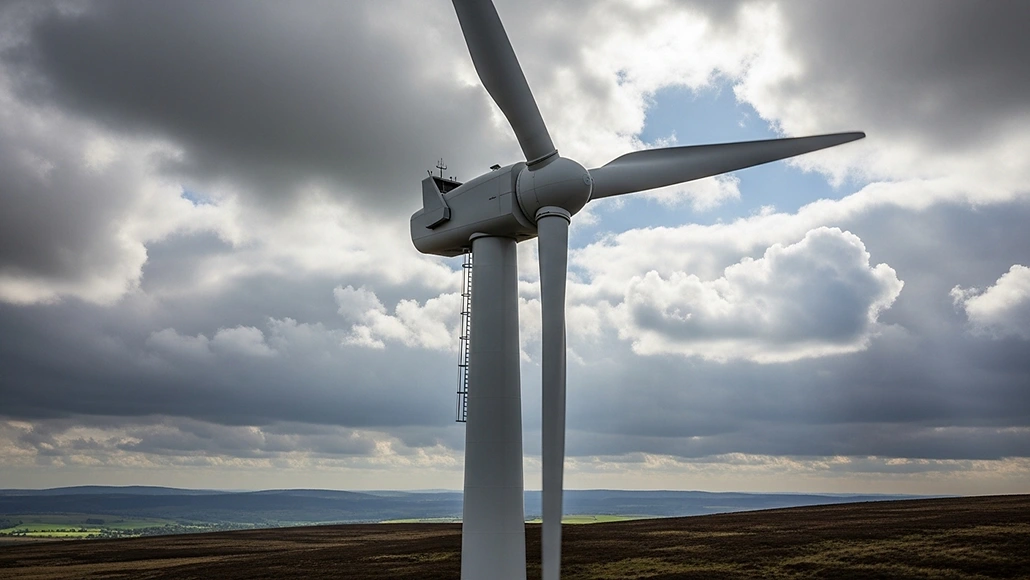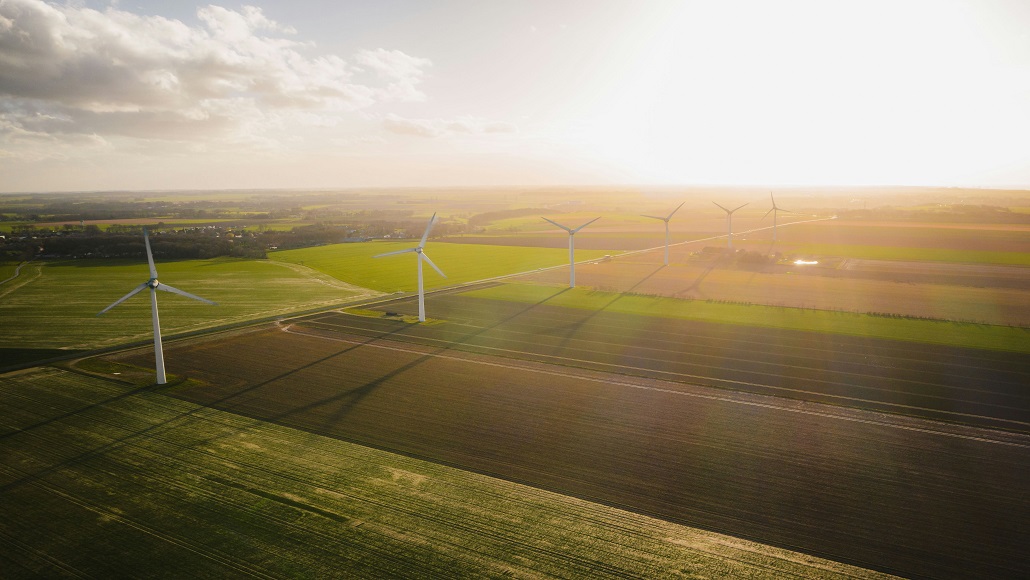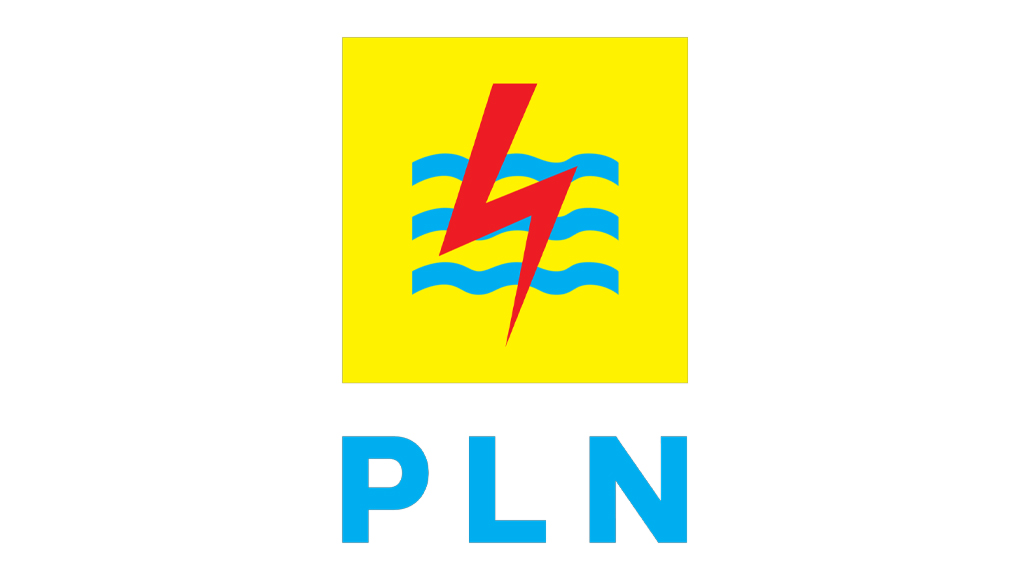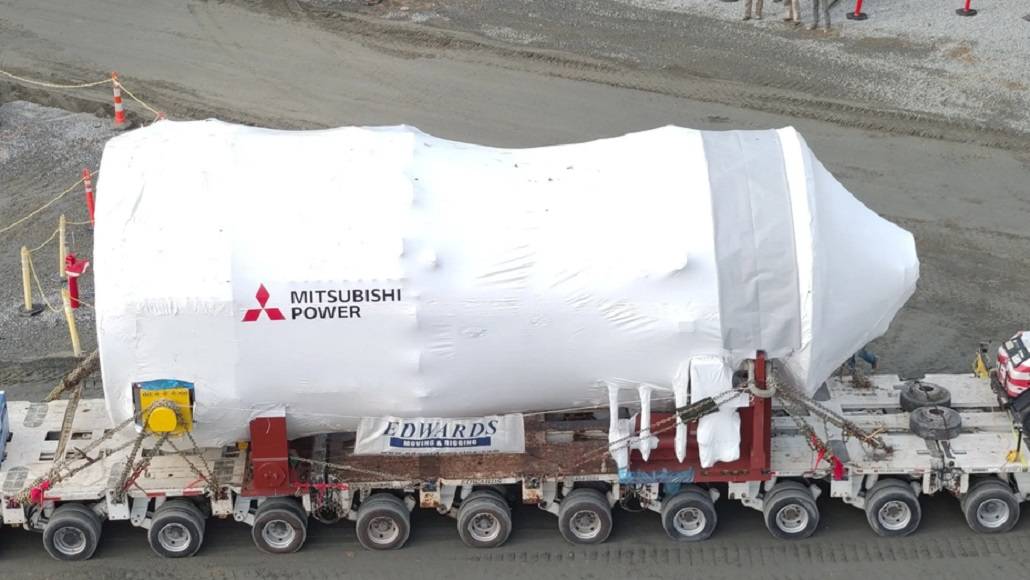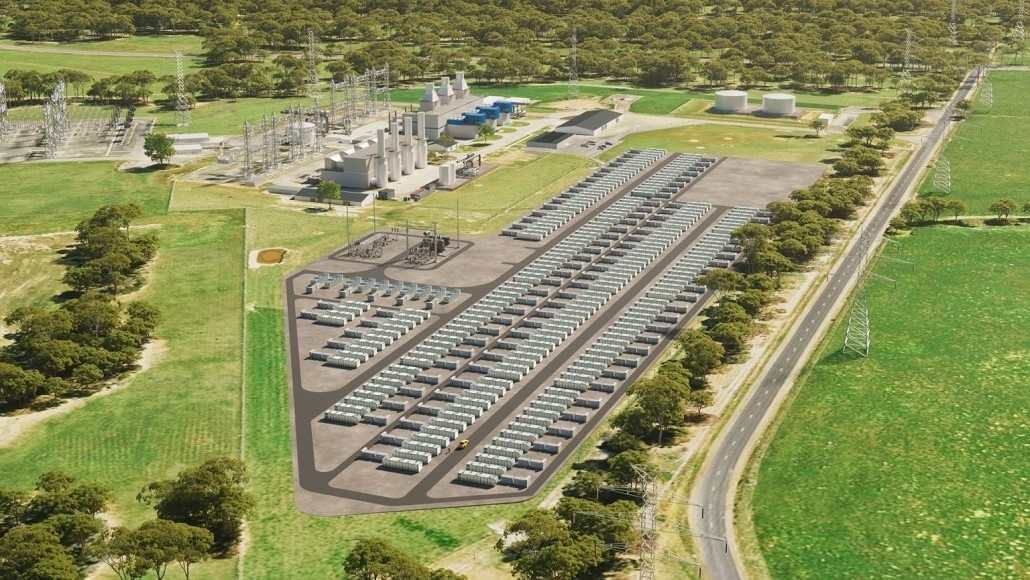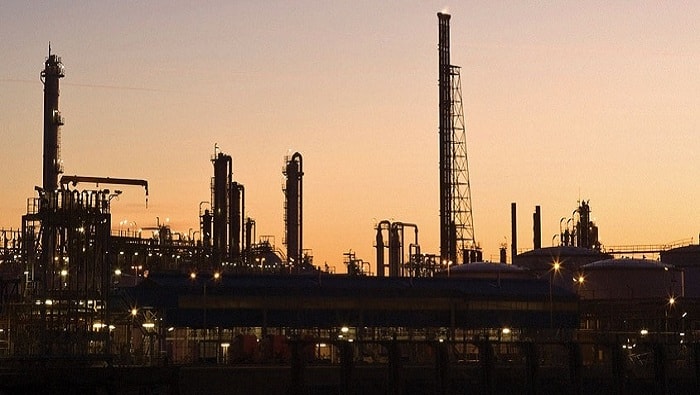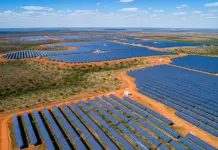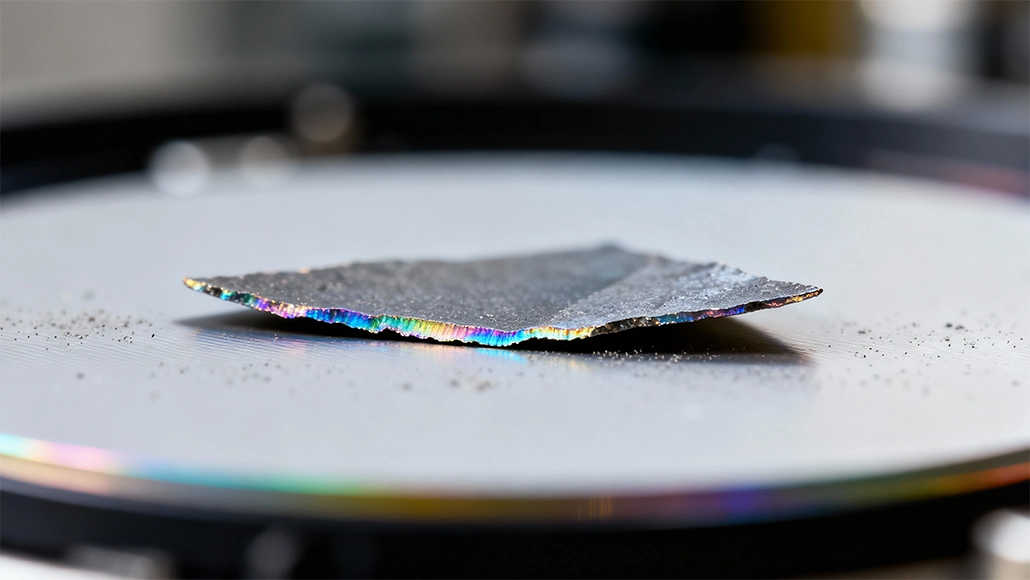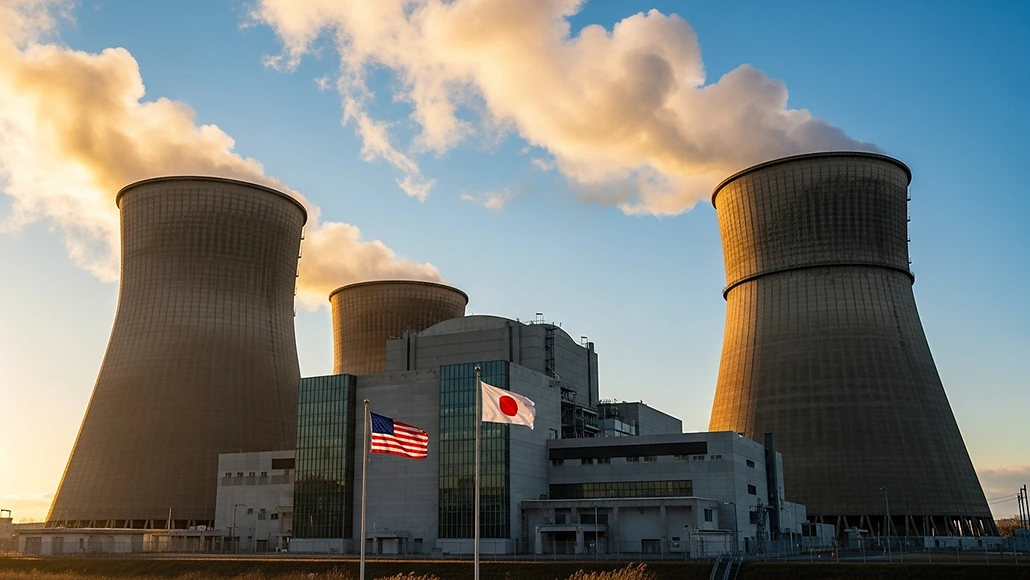The news of US to buy 10 new nuclear reactors, which could be paid for using the $550 billion funding pledge by Japan has come to the fore which is indeed a part of a push so as to meet the growing demand for electricity.
It is well to be noted that the new details of this unusual arrangement were put forth on November 19, 2025, by the chief of staff of the Energy Department, Carl Coe, related to the non-binding commitment that was made by Japan in October 2025 so as to fund around $550 billion in the US projects, which includes as much as $80 billion when it comes to the construction of novel reactors that would be made by Westinghouse Electric Co.
The role of having the government get involved in the private market is indeed a necessity, and one just doesn’t do it, opined Coe at an energy conference that was hosted by the Tennessee Advanced Energy Business Council.
However, this is indeed a national emergency, he added. It is worth noting that the Trump administration has already sounded alarm bells pertaining to the shortage of electricity that is required for energy-hungry data centers, which go on to power artificial intelligence, and also for a potential resurgence when it comes to domestic manufacturing. Apparently, on his first day in office, Donald Trump went on to declare an energy emergency, thereby unlocking the new domestic powers to go ahead and fast-track pipelines, expand the power grids, and at the same time also save coal plants, which were indeed struggling.
Notably, it has been over a decade ever since the US last broke ground when it comes to large-scale nuclear power plants, which came online. Most of the energy industry in America wrote off for dead the unimaginably expensive projects after Southern Co., which was the last utility that built a new plant, went a whopping $16 billion over the budget and also seven years behind its schedule building the Vogtle project.
Still, the AI boom has now gone on to give new life to the big plants. Earlier in 2025, Bob Frenzel, the Xcel Chief Executive Officer, went on to raise the idea that projects could very well come back in vogue.
With US to buy 10 new nuclear reactors, it is however, still unclear if the funding commitments that have been made by Japan, which were announced in October 2025 as part of a trade deal framework along with the US, are going to come to fruition. Overall, Japan has gone ahead and agreed to invest almost $332 billion for energy projects across the United States, as per the White House. That pledge, apart from the new AP1000 reactors from Westinghouse, also includes a new breed in terms of smaller nuclear reactors along with new power plants and pipelines as well as electric transmission projects.
Interestingly, the energy ambitions of the Trump administration include the orders that are aimed at speeding up the construction in terms of nuclear power plants as well as government funds in order to support the re-beginning of the shuttered nuclear plants. There is an executive order that aims to bring 10 large, conventional reactors under the gamut of construction by the end of this decade, which is a target the industry has already remarked is going to be challenging, however possible.
Notably, the shares of Oklo Inc., which happens to be a US developer when it comes to small modular reactors, saw an increase on November 19, 2025, due to the statement made by Coe. Its stock was also up 6% in New York. Shares in Cameco Corp., the Canadian uranium miner,
rose almost 5.7% and were up 3.3% in New York.
The Energy Department has not immediately responded to a request so as to provide more details. In his remarks at the conference, Coe said that lots of details still remain to be decided. He, however, expressed confidence that the nuclear reactors are going to come through.
Coe said that they are trying to decide as to where to put them.


